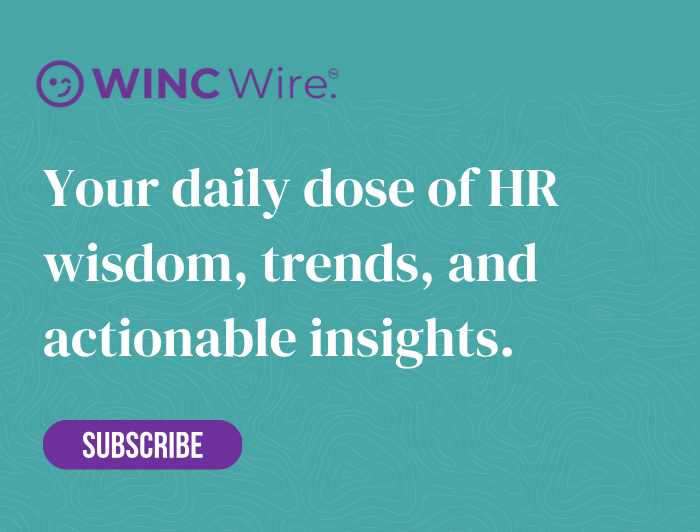Let’s be frank with one another: the 2030 workforce crisis isn’t some distant problem we can file away for later. It’s happening right now, under our feet. Too many leaders are still hoping for a magic bullet, thinking AI or a sudden influx of global talent will solve everything. That’s a dangerous fantasy. If we don’t start making fundamental changes to our people strategies today, we are heading towards a talent deficit that will throttle productivity and leave us dangerously exposed.
The Numbers Don’t Lie: This Isn’t a Future Problem
2030 might sound like a long way off, but in strategic planning terms, it’s just around the corner. Within years, millions of our most experienced people will retire, and an immense amount of institutional knowledge will walk out of the door with them. Look at Germany, which is staring down the barrel of a potential shortfall of eight million workers. That’s a number that could seriously hobble an economic powerhouse. And it’s not an isolated case; the UK, the US, and Japan are all facing the same demographic cliff edge.
And while automation will certainly play its part, it’s no silver bullet. Yes, new technologies will reshape certain roles, but they will also create a huge demand for new ones, roles that require a sophisticated blend of complex problem-solving, emotional intelligence, and adaptability. The real challenge for us in HR? We’re already fighting to close a skills gap. If we don’t act decisively, that gap is going to become a chasm.
So, what is the plan? Are we really just going to hope for the best until the situation becomes critical? It’s time we stopped looking for an easy fix and took genuine ownership of the solution.
Look Inward: Your Greatest Asset is Already on the Payroll
For too long, we’ve been distracted by external solutions, such as shiny tech upgrades and ambitious global hiring campaigns, while completely overlooking the most powerful resource we have: our own people. As the strategic advisor, Rainer Strack argues so powerfully in his TED Talk, “Everyone needs a people strategy.” This can’t be a token HR initiative; it must be a central pillar of the business strategy, with the same weight as financial planning or product development.
Strack outlines a clear, four-part framework for any leader who is serious about getting their people strategy right:
- Forecast Future Talent Needs: Are you genuinely forecasting your talent needs, or just reacting when a vacancy appears?
- Attract the Right People: You need to build an environment that genuinely inspires talent, not one that just accommodates it.
- Upskill Your Workforce: Think of continuous learning as the engine for growth, not just a nice-to-have benefit.
- Retain Top Talent: Real loyalty is earned through purpose, trust and culture; it can’t be bought with perks alone.
It all sounds straightforward, doesn’t it? Yet so few organisations do it well. And every month we delay, the challenge gets that much harder to solve.
From Blueprint to Reality: Moving Beyond Lip Service
A strategy is only as good as its execution, and this, ahem, is where so many well-meaning plans fall apart. It’s one thing to announce a bold, people-first vision. It’s another thing entirely to build the scaffolding that actually holds it up.
Jim Collins, in his seminal book Good to Great, puts it perfectly: it’s not just about what we offer our people, it’s about the entire ecosystem we create for them. Engagement isn’t a box to tick on a survey; it’s the natural result of a healthy culture, deep-seated trust, and authentic leadership.
So how do we convert good intentions into tangible impact?
- Craft a Compelling Vision: People don’t just work for a salary; they want to contribute to a shared purpose. Show them the ‘why’.
- Build a True Learning Culture: Make professional development the standard operating procedure, not a special occasion.
- Celebrate Progress Daily: Don’t save recognition for the annual review. Embed appreciation into your organisation’s daily rhythm.
None of this is new, of course, but it does demand a fundamental shift in mindset. We simply have to stop treating our talent as a cost line and start seeing it for what it is: the very heartbeat of the organisation.
The Real Retention Tool: It’s the Culture, Not the Compensation
Let this sink in for a moment. A global survey of 200,000 job seekers across 189 countries found that salary didn’t even make it into the top five workplace priorities. So, what did people value more?
- Feeling properly appreciated for their work
- Having strong, positive relationships with colleagues
- A healthy and respected work-life balance
- Working with positive and supportive leaders
Of course, people need to be paid fairly. But once you meet that threshold, it’s the culture, not the payslip, that truly anchors them. Meaning, belonging and recognition are the real currencies of modern loyalty.
As Strack noted in his talk, the crucial question for an employee is, “Do I get a thank you? Not once a year with a bonus, but every day.” It’s rarely about grand gestures. A sincere, consistent culture of gratitude is what separates a good workplace from a great one.
Our Defining Moment is Now, Not Later
This isn’t a problem for the board of 2029; this is the central challenge for us today. The organisations that will truly thrive in the next decade won’t be the ones with the deepest pockets or the most advanced tech. They’ll be the ones who have learned to centre people in their long-term vision.
It’s time to stop looking for answers outside and start investing inside. Let’s build cultures that attract, develop and retain exceptional people. Let’s create environments that nurture performance, not just measure it relentlessly.
Because the simple truth is this: we aren’t just preparing for the future of work. We are all shaping it now with every person we hire, every leader we promote, and every cultural standard we set.
So, a question for you to take back to your team: will your organisation be ready when 2030 arrives? Or will you be caught unprepared, wondering why you didn’t act sooner?






